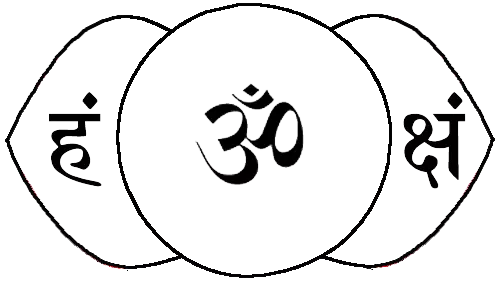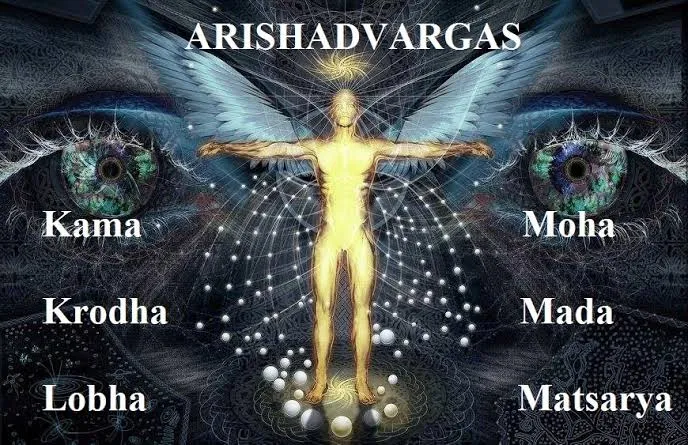
The #root #chakra has #four #petals and is often visualized as parallel to the ground.
vaṁ, śaṁ, ṣaṁ, saṁ

The #Svadhisthana (2nd chakra) has 6 #six petals.
baṁ, bhaṁ, maṁ, yaṁ, raṁ, laṁ

Then the petals of the #navel chakra are visualized with the next 10 letters.
ḍaṁ, ḍhaṁ, ṇaṁ, taṁ, thaṁ, daṁ, dhaṁ, naṁ, paṁ, phaṁ

Next the petals of the #heart chakra are visualized with the first twelve consonants of the #Sanskrit #alphabet.
kaṁ, khaṁ, gaṁ, ghaṁ, ṅaṁ, caṁ, chaṁ, jaṁ, jhaṁ, ñaṁ, ṭaṁ, ṭhaṁ

aṁ, āṁ, iṁ, īṁ, uṁ, ūṁ, ṛṁ ṝṁ ḷṁ ḹṁ eṁ aiṁ oṁ auṁ aṁ aḥ
Some traditions use “Auṁ (the akṣara + ṁ) namaḥ”. So it would go “Auṁ aṁ namaḥ”, “Auṁ āṁ namaḥ”, etc.


#Om
Creation occurred due to the first sound #Aum. The universe and everything in it is condensed energy, that energy is vibrating and all has sound. The body itself is sound, called sabda in Sanskrit. The body can be recreated with sound as many modern technologies are now tapping into. In the ancient Puranas (sacred story texts), there are elaborate stories of the creation of the world (shristi karana). Meditating on the seed sounds (bijas) of the chakra petals is also called shristi karana, for it is the recreation of the body through sound (sabda). This is the practice of meditating on the chakras according to the Achyutananda tradition.
(1) First step is to worship the Guru and Paramguru. Those who don’t have one can do the mantra “Aum Vyam Vyasadevaya Namah” [1] 108 times while meditating on the crown, imagining golden radiant light coming into the crown and light sitting on the head. The Guru’s grace rests on the head. (2) Next pranayama can be done.
(3) Meditate on the third eye chakra, bringing the awareness there. (4) If one knows the Agni navakṣari mantra it can be done 21 times (5) followed by the Chaitanya mantra, or just praises to the fire of the third eye fire.
(6) Then one can do their parampara mantra [2] to stabilize the five aspects of the mind and make it peaceful.
(7) When the mind has become stable and peaceful one begins with the throat chakra. It contains 16 petals, each with the vowels of the Sanskrit alphabet. A knowledge of Sanskrit alphabet and its pronunciation is very helpful.

